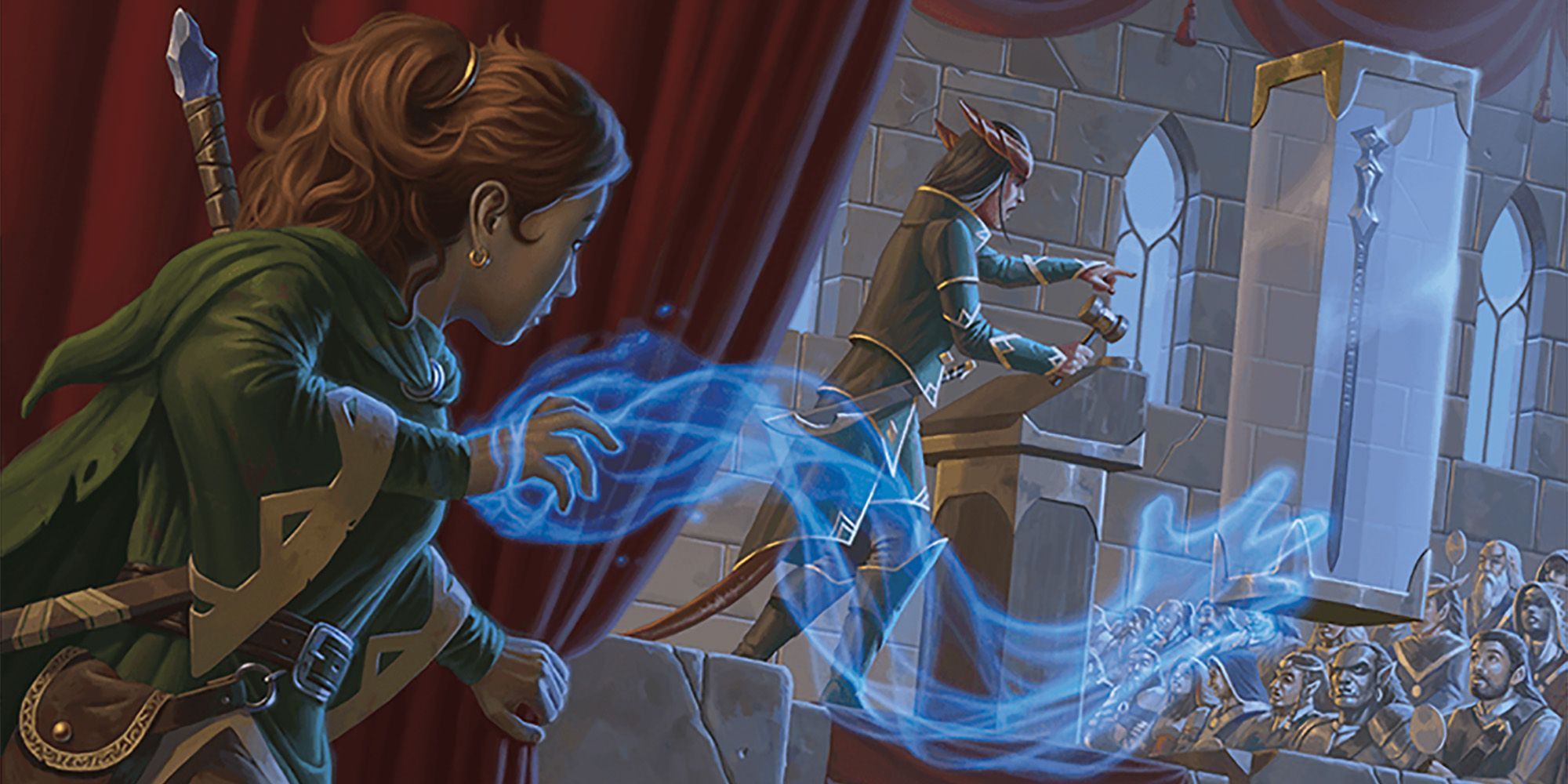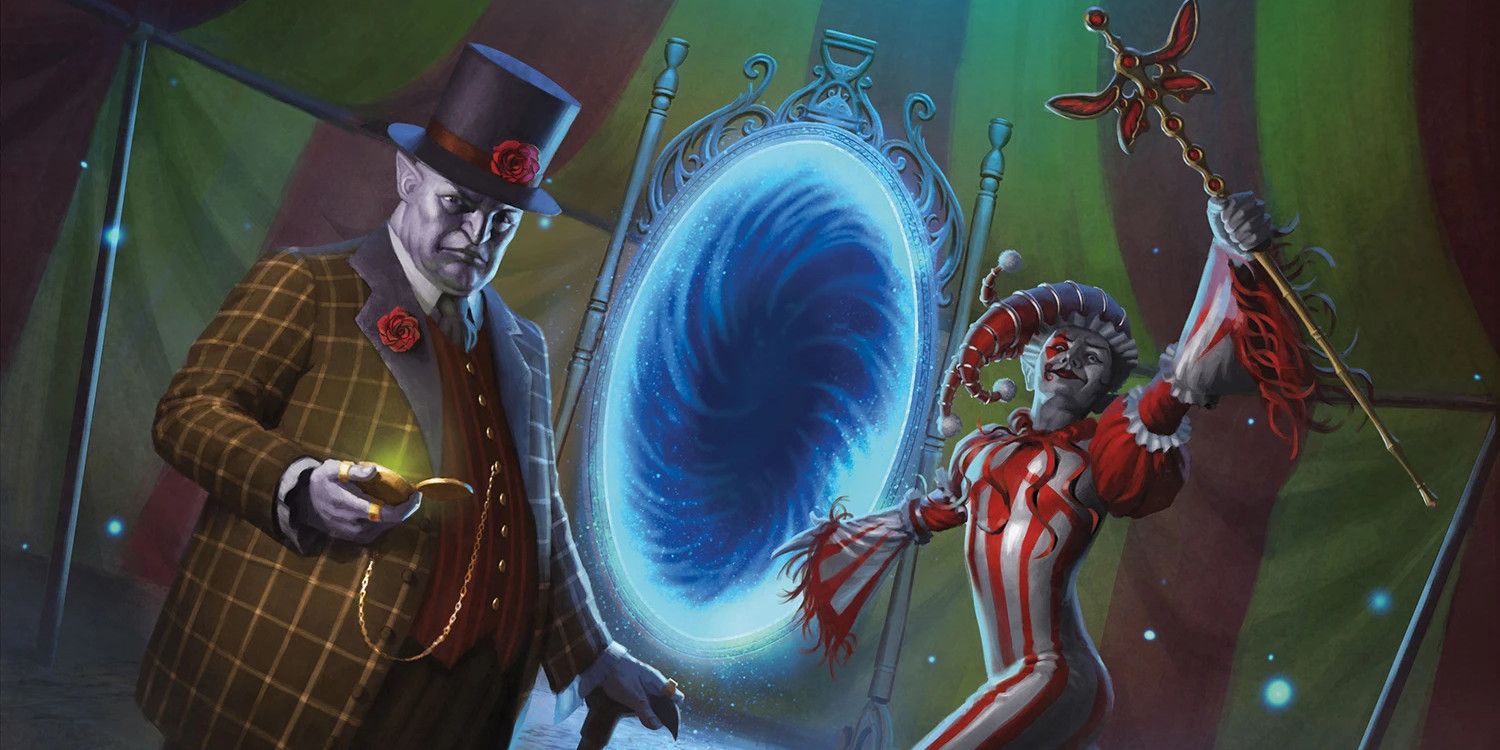
It is often touted in the Dungeons & Dragons community that melee classes are more user-friendly than spellcasters. This is namely due to the lack of extra mechanics involving spell slots, components, and casting time. However, for players that main melee classes and want to add a magical flair to their characters, there are several melee subclasses that introduce magic without being a traditional full or half-caster.
Melee subclasses with magical abilities are great for newer players who want to try out low-stakes spellcasting or melee-mains who want to add some mystical power to their D&D character for roleplaying and story purposes during a session. They can be a good way to experiment with limited spell slots via the third-caster subclasses or to add inherent magical abilities.
Barbarians are a standard melee class, with their focus being on hitting things and hitting them very hard. The Path of Wild Magic subclass from Tasha’s Cauldron of Everything allows players to tap into a powerful and uncontrollable fount of magic. When a Barbarian rages it releases a surge of wild magic, with the effect being determined by a roll of an eight-sided die. The wild magic could potentially boost a player’s armor class, imbue their weapon with magical properties, or summon forth a horde of exploding Flumphs and Pixies.

There are full-casters, half-casters, and then what is known as third-casters. These are, typically, melee classes that are given spell-slots up to fourth-level and casting abilities via a subclass. The D&D Fighter subclass, Eldritch Knight, is one of such third-casters and gives players up to thirteen known spells by level twenty. This subclass takes its spells from the Wizard spell list and uses intelligence for a spellcasting modifier and bonus. Although the spells known are fairly low-level, combining spellcasting with all of the base features of a Fighter can make for a powerful tour de force.
While Monks in Dungeons & Dragons have an inherent spiritual connection and mysticism connected to their Ki points, the Way of the Sun Soul grants them the power to use searing bolts of magically radiant energy. These Monks gain access to the Burning Hands spell at level six, and by level seventeen can harness their life force to create a searing sunburst of energy, and a luminous shield. The Way of the Sun Soul Monk unlocks all of their magic via meditation and Ki points, so players need not worry about keeping track of spell slots or learning new mechanics.
In technical terms, the only other third-caster in Dungeons & Dragons is the Arcane Trickster Rogue. This subclass also pulls from the Wizard spell list and uses the intelligence modifier for spellcasting. Arcane Trickster Rogues use magic to enhance their stealth skills and are granted the Mage Hand cantrip at first level, along with two other cantrips and two first levels spells. The Arcane Trickster uses its magical abilities almost exclusively to trick and mess with unsuspecting passersby by stealing magical knowledge and using their Mage Hand to distract opponents during combat.
This duality of melee spellcasting in Dungeons & Dragons can also be achieved by multiclassing, though the process of multiclassing is more difficult than choosing one of the aforementioned subclasses. Players and Dungeon Masters can also work together to homebrew a subclass tailored specifically to the player character. However, 5e still provides quite a few official options.
from ScreenRant - Feed https://ift.tt/3FcgPkb


0 Comments